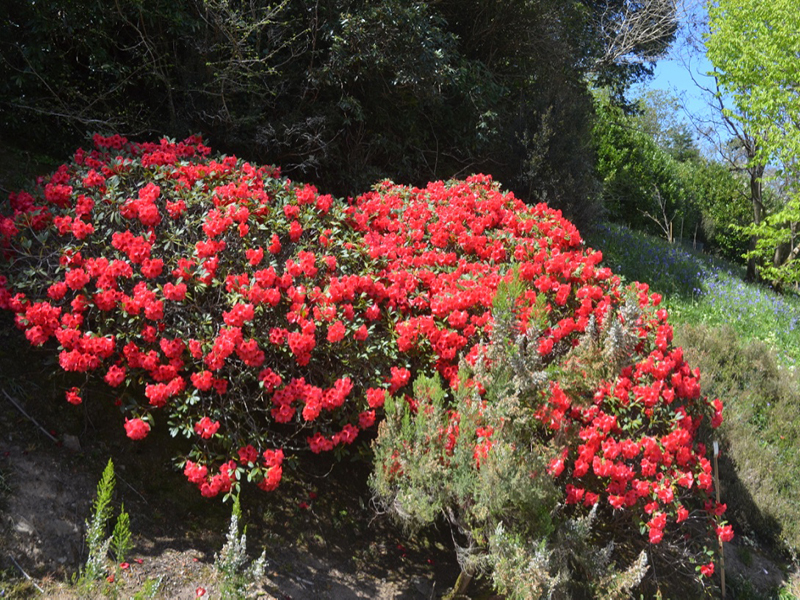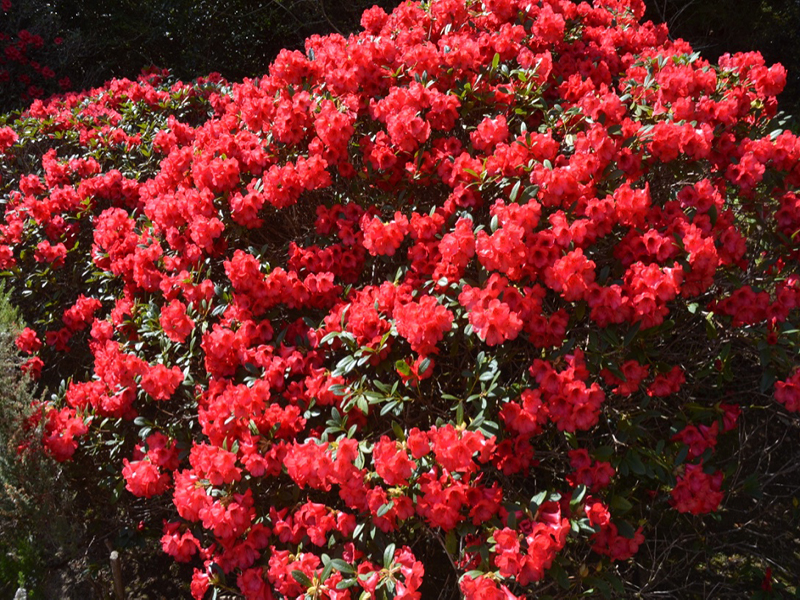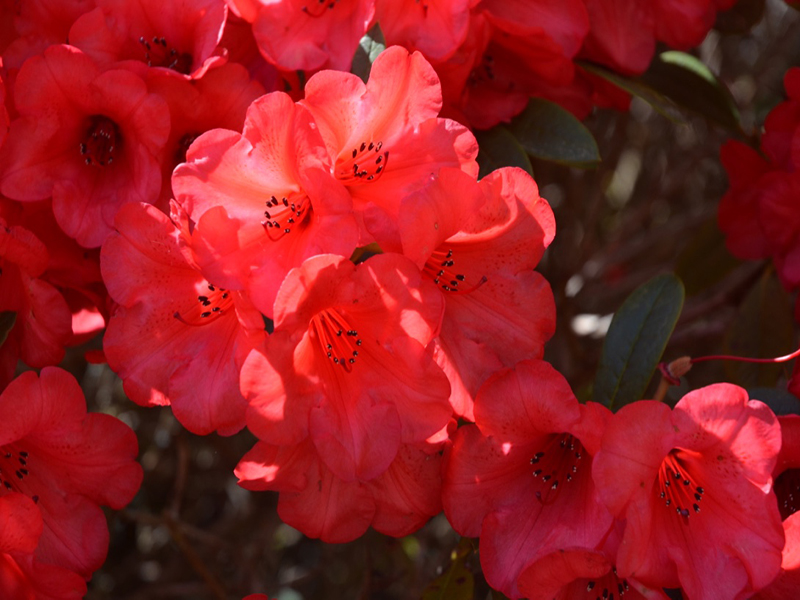
Woody > Rhododendron > Rhododendron 'Elizabeth'
Rhododendron
'Elizabeth'
Elizabeth Rhododendron
| Family |
| Ericaceae |
| Genus |
| Rhododendron |
| Cultivar |
| 'Elizabeth' |
| Category |
| Woody |
| Type |
| Shrub (evergreen) |
| USDA Hardiness Zone |
| 6b - 7a |
| Canadian Hardiness Zone |
| 7 |
| RHS Hardiness Zone |
| H6 |
| Temperature (°C) |
| -32 |
| Temperature (°F) |
| -25 |
| Height |
| 1 - 1.5 m |
| Spread |
| 1 - 1.5 m |
Photographs
Description and Growing Information
Flowering Period
| General Description |
| A broadleaf evergreen shrub, 1.5 m tall, compact, and low. |
| Landscape |
| Flower borders and beds, courtyard gardens, and as a container plant. |
| Cultivation |
| Grow in moist but well-drained soil in full to partial sun. |
| Growth |
| Medium |
| Pests |
| Potential diseases include powdery mildews, rhododendron petal blight, rhododendron bud blast, silver leaf and honey fungus. Potential insects include vine weevil, rhododendron leafhopper, pieris lacebug, scale insects, caterpillars and aphids. |
| Leaf Description |
| Leaves 6-12 cm long, narrow 1.5-3 cm wide, slightly wrinkled, rolled margin, pointed tip, slight pubescence underneath, with a short petiole. |
| Flower Description |
| Single, reddish-orange flowers with dark anthers, red filaments, funnel-campanulate, 7.5 cm wide, reddish pedicels, 6-9 in a loose truss. |
| Notable Specimens |
| Caerhays Castle, Goran, Cornwall, United Kingdom. |
| Propagation |
| Propagate by semi-ripe cuttings in late summer, layering in autumn or grafting in late summer or late winter. |


